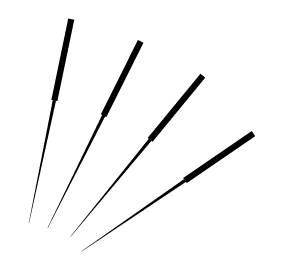Acupuncture

Acupuncture is a pillar of oriental medicine involving the insertion of fine needles into selected points on the body. Points are selected for their ability to address key symptoms to restore balance and health.
JAPANESE ACUPUNCTURE
Japanese acupuncture is noted for comfort: it shares the same philosophy and history as Chinese acupuncture, but differs markedly in application and technique. Therefore, applying the understanding that the most responsive Ki is located either on or just below the surface of the skin, needles are inserted shallowly or applied to the skin, providing a more comfortable and relaxing treatment. Deep or strongly stimulating needle insertions are considered unnecessary. This technique is safe for people of all ages and in pregnancy, and is safe to use in conjunction with medication.

Principles of Japanese Acupuncture
Less is more
Minimal stimulation is used to achieve optimal results.
Virtually painless
Japanese needles are very fine with shallow and painless insertions, providing milder stimulation than Chinese needles.
Emphasis on touch
Historically, healing practices such as Shiatsu and Acupuncture were administered by blind practitioners who relied on palpatory touch as a key diagnostic tool. Palpations of the hara (abdomen), the meridians and the pulses are key diagnostic tools.
Moxibustion
Moxibustion, the application of warming herbs, is a common ancillary therapy used with Japanese acupuncture.
Toyohari – East Asian Needle Therapy
Toyohari was developed in Japan by blind practitioners, and formalised in 1959 by Mr Kodo Fukushima, himself vision-impaired. This is a gentle but effective specialised therapy based on a needle technique known as ‘contact needling’. A fine silver needle or probe called a teishin is held over the skin, not piercing the skin, to stimulate the point. The practitioner focuses closely on the dynamic between client and needle. Refined diagnostic techniques including gentle palpation of the meridians, abdomen and wrist pulse diagnose imbalance and monitor changes in the quality of the Ki as the treatment progresses.
Techniques and tools used in the treatment are selected according to the needs of the receiver and may include warming herbs (moxibustion), cupping and techniques unique to Toyohari. Therefore, the duration of a Toyohari treatment can vary significantly and is generally shorter than Shiatsu or Manaka Protocols. The principle of ‘less is more’ often applies and treatment length is determined by achieving optimal changes in the pulse.
Dr Manaka’s Japanese Acupuncture Protocols
Dr Yoshio Manaka developed a system of insertive and non-insertive needling techniques to harmonise Ki in the meridian system. After determining the pattern of imbalance and treatment principles by palpating the abdomen and pulses, needles are inserted very shallowly or laid on the skin. Points are located by palpation and the client confirms the effect. Ion-pumping cords for constitutional balancing, Shiatsu, cupping, moxibustion, sotai (physical therapeutic movements) or micro-bleeding may be incorporated in the treatment. This therapeutic system promotes deep relaxation, addresses underlying constitutional factors and alleviates symptoms. It is free of side effects, beneficial for acute or chronic disorders, and is also a preventative therapy.
For further questions, please refer to our FAQs page
